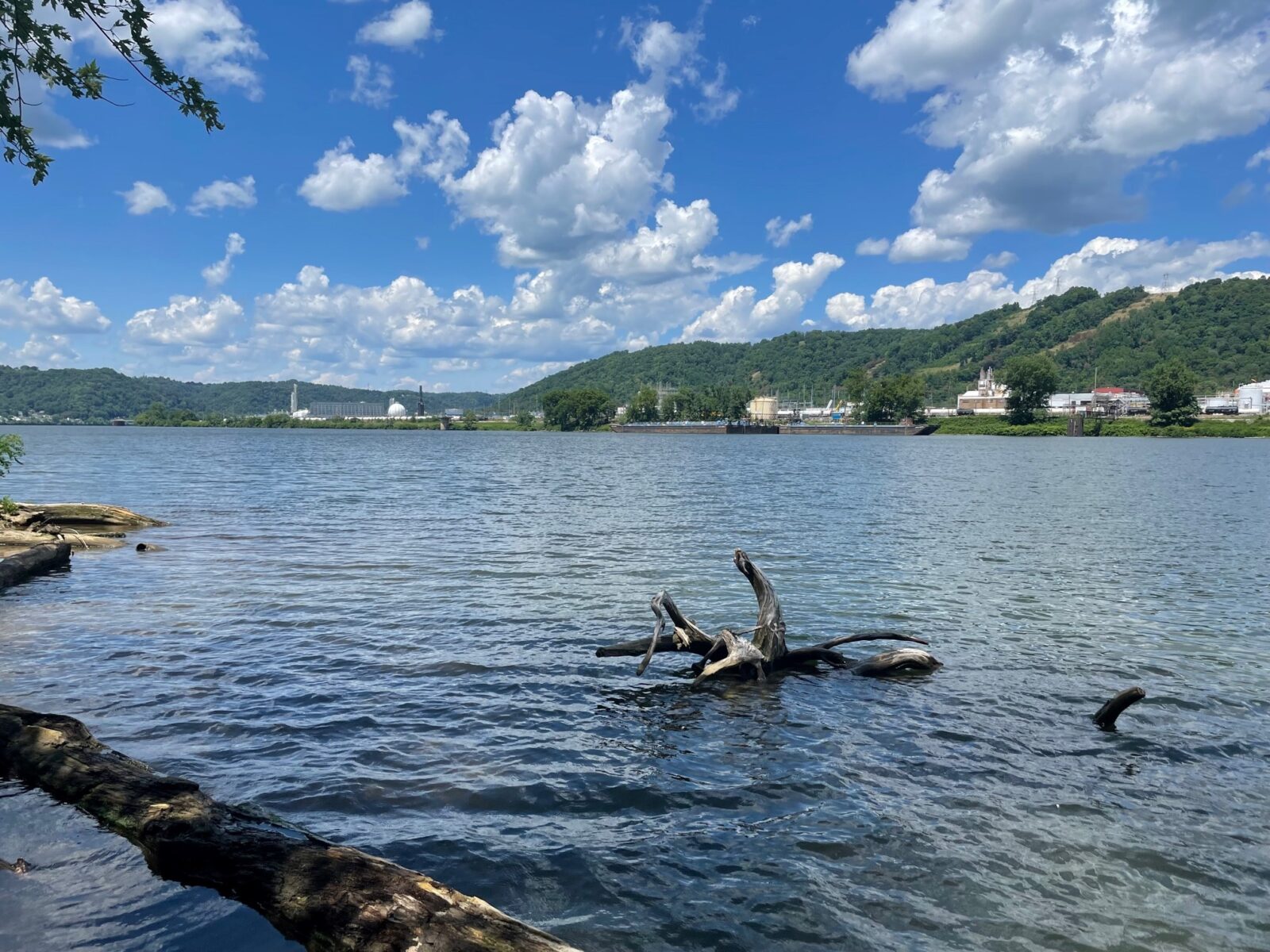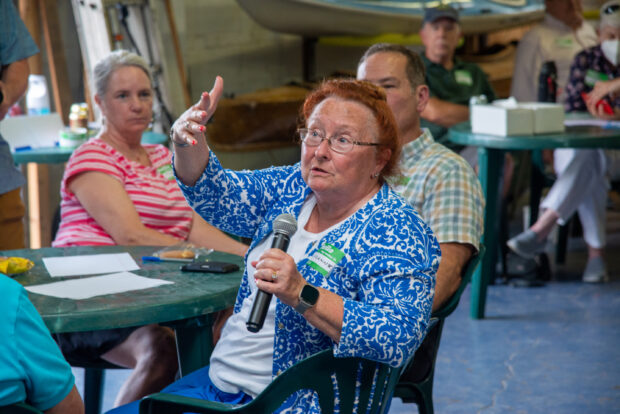We have much more to do and your continued support is needed now more than ever.
A Bold Plan to Protect and Restore the Ohio River Basin

The Ohio River runs 981 miles from Pittsburgh, Pennsylvania, to Cairo, Illinois, supplying drinking water to over five million people, providing habitat for fish and wildlife, and serving as the foundation for the region’s cultural and economic identity. Yet, the Ohio, and the rivers and wetlands that feed it, are facing serious threats such as sewage overflows, mine waste, toxic pollution, habitat loss, invasive species, inadequate water infrastructure, and flooding – and climate change is only exacerbating these problems. The good news is that we have manageable solutions to these serious threats, and these solutions can be implemented now before the problems get worse and more expensive to solve.
To that end, the National Wildlife Federation is collaborating with the Ohio River Basin Alliance (ORBA) to craft a plan to restore and protect the waters of the 14-state Ohio River Basin. The plan will be delivered to the U.S. Congress and Biden Administration later this year, with the goal of securing federal investments to support on-the-ground restoration work in the region, similar to the successful geographic restoration programs for the Great Lakes, Chesapeake Bay, Delaware River, Florida Everglades, Gulf Coast, Puget Sound, San Francisco Bay, and other great waters. While these waterways collectively receive millions of dollars in appropriations each year – and have a proven track record of success to show for it – the Ohio River basin currently does not have a dedicated program to target federal restoration investments.
A federal restoration initiative needs to be guided by science. To do that, our coalition has assembled a multi-stakeholder workgroup of more than 120 people, representing state and federal agencies, colleges and universities, utilities, businesses, and non-governmental organizations, who are working to craft an action plan that benefits our environment and our economy – an action plan that protects our drinking water, safeguards our public health, helps communities most impacted by pollution and harm, promotes recreational opportunities, creates good-paying jobs, supports strong local economies, and provides a brighter future for young people in the region.
The science-based plan is not just being informed by technical experts on the workgroup. Residents in rural and urban areas in the region are weighing in as well. Over the past year, National Wildlife Federation, along with our state affiliates and other local partners, have held more than 30 community listening sessions around the region in Cairo, Ill.; Cincinnati; Huntington, W.Va.; Louisville; Marietta, Ohio; Nashville; Pittsburgh; Wheeling, W.Va.; and many smaller communities, to hear from residents in cities and towns about their water concerns and clean water priorities.
Feedback from the listening sessions has been passionate and powerful. People in towns and cities alike are clamoring for action to restore and protect local waters – and they see ecosystem restoration investments as vital to the health and economic well-being of their communities. The National Wildlife Federation is also reaching out to state and federally-recognized Tribes in the region to ensure their clean water priorities are reflected in the plan.
The Ohio River Basin restoration plan will benefit the environment and economy by:
- Restoring wetlands and other wildlife habitats to support clean water and outdoor recreation;
- Supporting farm conservation to improve soil and water health and reduce toxic algal blooms;
- Removing old, unsafe dams to increase fish habitat and provide safe recreational opportunities;
- Updating drinking water and wastewater infrastructure to safeguard public health and help with water affordability;
- Supporting reforestation, wetland restoration, and nature-based solutions that mitigate flooding and pollution;
- Cleaning up toxic pollution to protect public health; and,
- Investing in workforce development and job training to support local economies and workers.



Time is of the essence in this campaign. There is a lot of attention on this region, in part due to national news stories such as the catastrophic train derailment in East Palestine, Ohio, and historic flooding in Eastern Kentucky and across Appalachia. The country is also faced with ongoing attacks on clean water protections, both in the Supreme Court with the recent Sackett v. EPA decision and in Congress, at the same time that we have increasing concern about the prevalence and health impacts of PFAS or “forever chemicals.”
National Wildlife Federation and our partners are already setting the stage for the release of the restoration plan later this year, but it will undoubtedly take a sustained effort from a vast coalition of Ohio River Basin constituents to move the needle on Congressional funding, something with which our existing National Wildlife Federation water coalitions have a proven track record of success.
Together, we can make a difference for the Ohio River and the millions of people who depend on it for their drinking water, public health, jobs, and way of life.
To learn more about this effort and how to make your voice heard, visit our website.





















